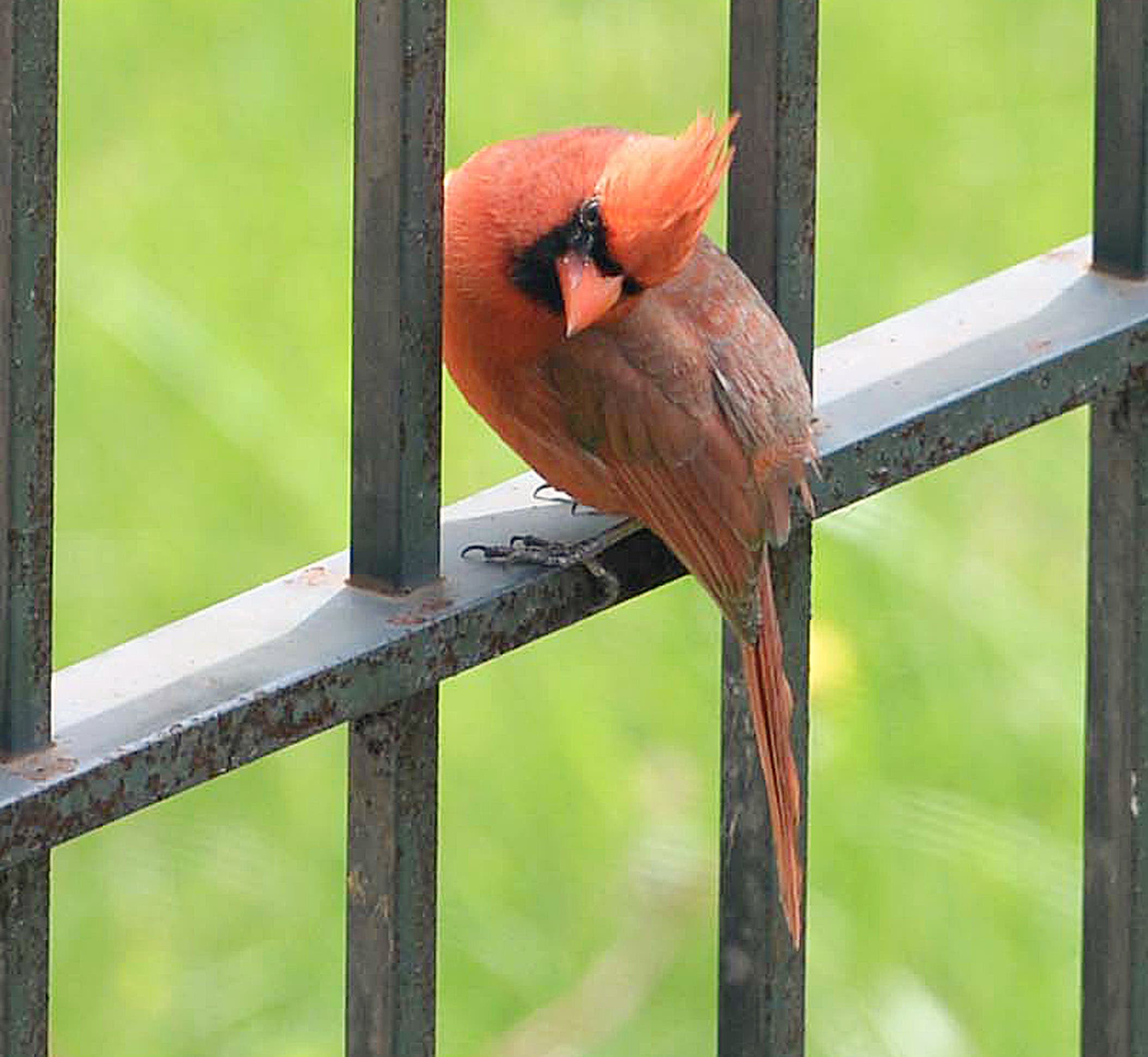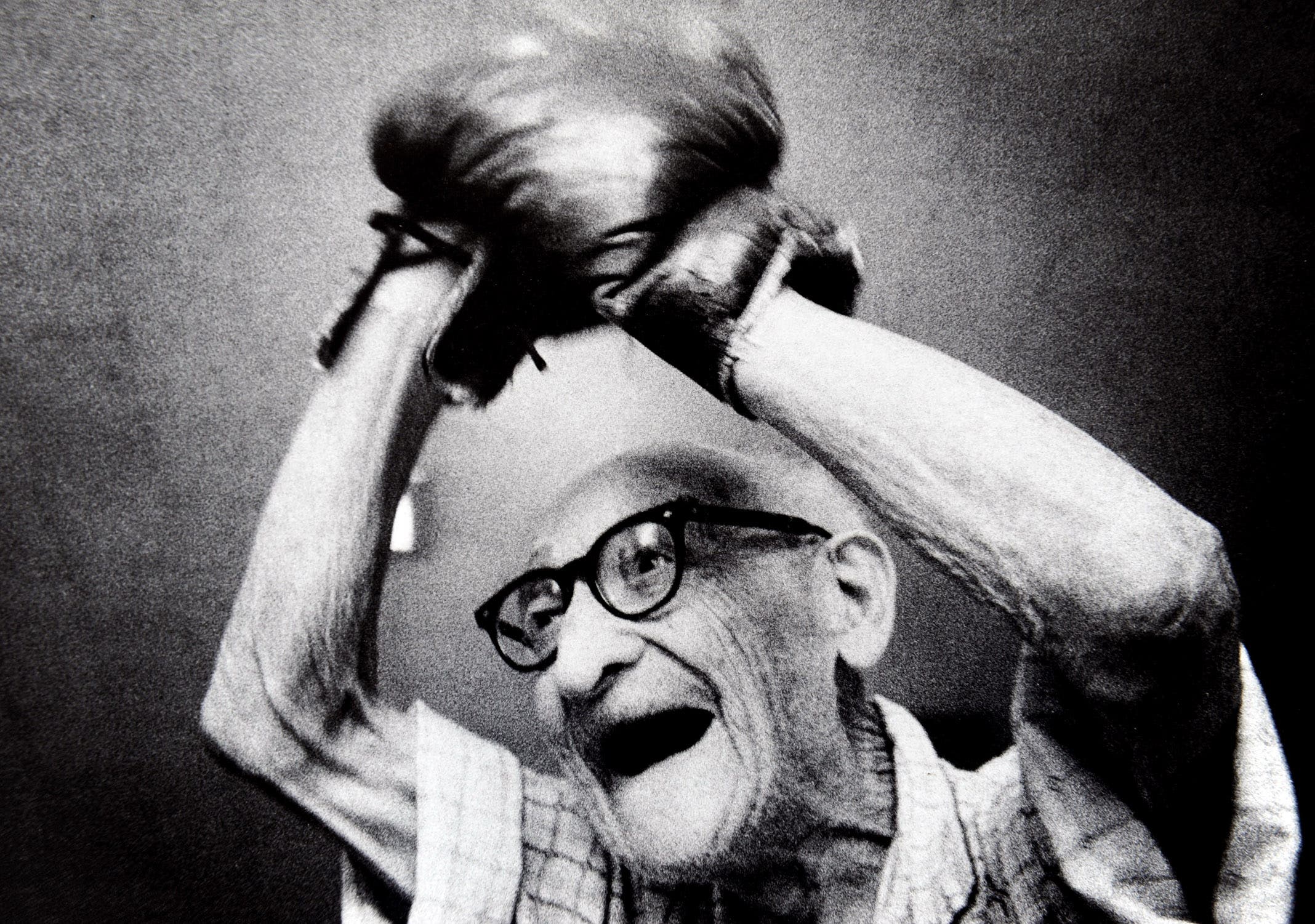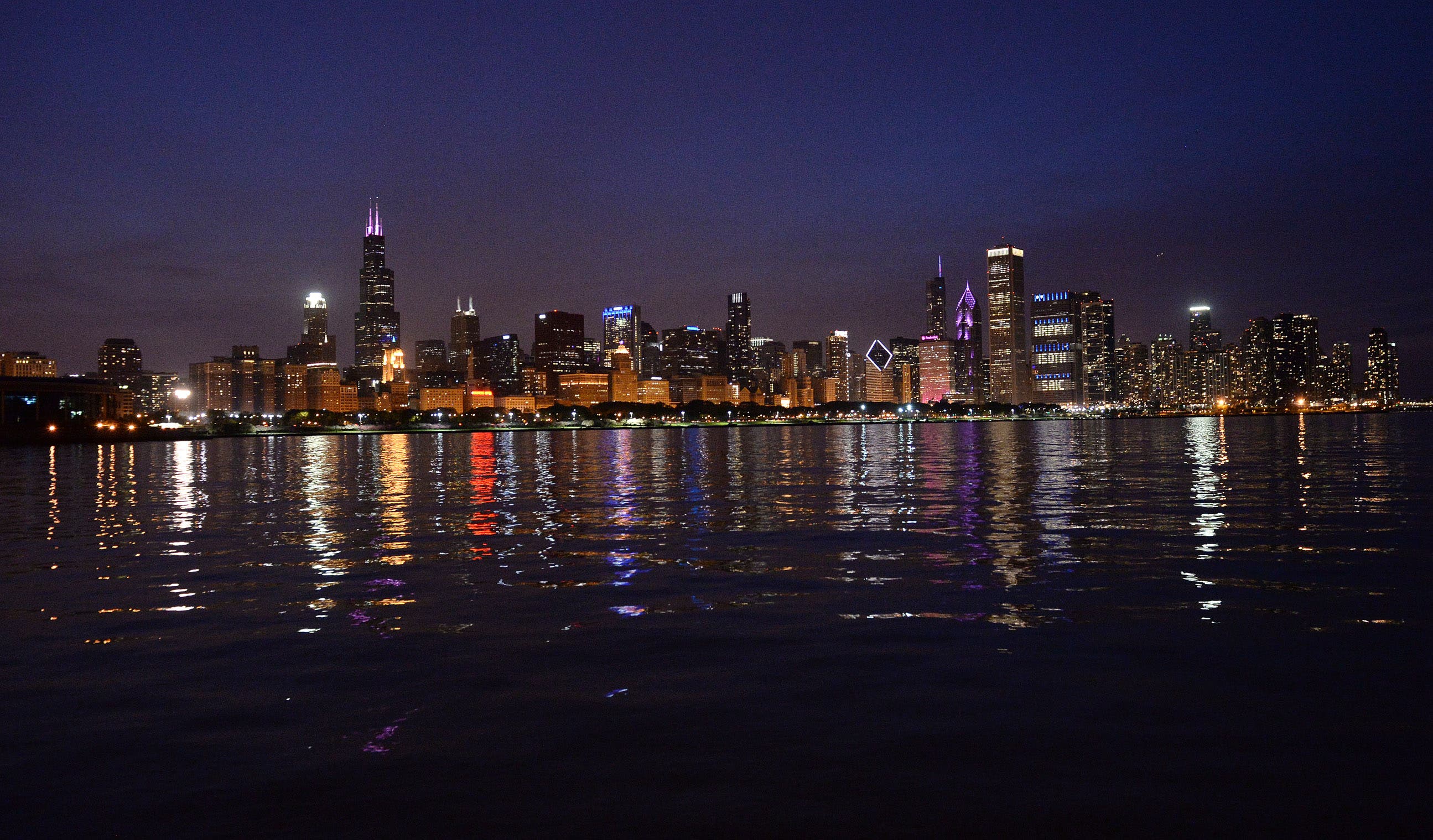When you view John H. White’s unforgettably moving pictures spanning over four tumultuous decades, it is a clear testament to his uncommon mastery in controlling all the variables—depth of field, timing, action, composition and color—to capture and convey the emotion, symbolism and context of what is in front of his camera. The world-renowned photographer has received countless accolades for his iconic images of legendary figures like Nelson Mandela and Muhammad Ali, and for his captivating images of urban streets and nature. One of his many awards includes a one-of-a-kind Pulitzer Prize in 1982 for “consistently excellent work on a variety of subjects.”
A camera bug since his early teens, and a former U.S. Marine Corps photographer, White began shooting professionally in 1969 at the now sadly defunct Chicago Daily News. A deeply spiritual man who views his early years in North Carolina as “my roots and links to the source of the daily nutrition for my journey as a visual servant,” White eloquently states, “I like to think that all of creation had a role in designing this life path for me. I think God had a moment of concern about our hearts and made all these wonderful things. He must have said, ‘How can I get a child in Chicago or Cambodia to see Saratoga Falls,’ so he created photography and gave me the assignment to be a picture taking man.”
“I feel like I’m fulfilling my destiny when I’m out there in the midst of life, the fleeting moments of life, and I see and feel all the elements like light working toward something transcendent,” White explains. “I know it’s not me but the spirit allowing me to capture and preserve a glimpse of time because of what it means to others. I am that servant, looking at all the little things. My responsibility is to click the shutter and capture moments, and I sense that the spirit also intercedes to make sure I get a good parking space or go through the right door. I may be the guy that crosses the finish line and gets the touchdown, but I didn’t do the blocks or call the plays. I am only one person and I believe I receive the support of God and the universe to articulate my vision. And to do that I have to align myself with the force of creation, practice my skills, and make sure to do my part. But when it comes to the intimacy of the moment, that’s not me, even though I am there to capture it for others.”
“I use the camera of the heart,” continues White, “No tripods of other accessories – just the basics, my Nikon D4 and a 24-70mm f/2.8 Nikkor lens. Before zooms, I was a 105mm and 35mm person but now I mostly use zooms; however all my lenses are f/2.8 or faster. In an operating room, during heart surgery, everything happens quickly; the equipment in a doctor’s hands and the experience he brings with him can mean life or death. In photography, moments in time occur at 1/2000 of a second. I’m able to capture these moments in large part because of my camera. My Nikon is the surgeon’s scalpel.”
“I acquired my skills back in the film days, but I love digital photography—I’m not going to fly around the world on a prop plane,” notes White with a smile. “Technology is a gift, and when it’s used wisely it can be the best thing that ever happened. It can enhance everything. I see something or I feel something and I want to capture it. I don’t want to think about the thing in my hand, yet it’s the most intimate thing because is sees through things I cannot see through. Technology enhances the whole process because it allows me to do a better job at singing my song of humanity.”
“I see my photography as a simple mirror or reflection of life, a way of revealing the world to itself,” observes White. “We see life reflected, and I am the reflector, so I come from a position of true humility, but my aim is to create timeless visual treasures. I have earned my living through photography, but I never call myself a pro. This thing—photography—is my life’s calling. I am, I have been and will always be a student of life, and my work covers everything under the umbrella of visuals—it includes all the faces of photography.”
“Many have asked me what inspired me to take up photography as a mode of expression and as a profession, and to answer that I have to go back to my roots,” says White. “ My father, a minister in North Carolina, exposed us to a world bigger than that of our family, or even our community. He taught my siblings and me to make a friend a day. My dear mother never met someone she called a stranger—everybody is somebody, everybody has a heartbeat and all people are special. That’s the spirit in which I make photographs. Photography for me is a daily love affair with life; it puts me in touch with the heartbeat of humanity. Through my photographs, I’m able to speak a universal language every human understands, rich or poor, educated or uneducated. My work in photography is like the sun, moon, air, or water—I’m part of everything, and I strive to keep my photography not only on the same page in the lives of others, but also on the same line.”
“I recently at gave a speech to a group of photographers on quick draw drills–how to shoot fast on the fly effectively. I want to make sure that photographers at all levels can get something with what they have learned, and that includes the basics—shooting at ISO 800, checking your background before you press the shutter release, etc. A while back I did “Photo Tips From A Prizewinner” with that aim in mind. As a teacher I want to serve up the basics of photography in a way people will assimilate and remember them, to help people stay in fight creatively when they’re already in flight. How do you keep in flight? I do it by accepting and executing the assignments life has given me.”
“I take pictures every day, and I devise assignments for myself. A good example: A friend of mine was supposed to have a baby on the 2nd of May 2016, so I gave the baby girl a gift of sunrises by taking pictures of sunrises that I shot over a week’s time. The day she was supposed to be born there was an exquisite sky but no baby. I needed a break and it rained on Friday. Saturday she had the baby and I took pictures of that sunrise too. The next day was Mother’s Day, so I took sunrise pictures on Mother’s Day and on the first day of her life. She will now have a week of sunrises before and after her birth, and be able to see how nature had spoken at that time—pictures of nature; an album for the child. Then I called a lot of people across the country I know on May 7, mentioning that a friend of mine had had a baby, and asking them to send me copies of newspapers for that day so we could add the world news of day she was born to the album.
“There are two subjects I am working on documenting this year. The Pope Francis you don’t see, and a thing with President Obama. There are so many things I want to do and I’m simultaneously working on other projects as well. One of the main things I’m focusing on main is to get all my work assembled and archived in an organized way. I have a student from the University of Chicago who’s helping me, ” says White, who is an artist-in-residence in the Photography Department of Columbia College in Chicago, where he’s taught for over 30 years. “I’ve never had an organization give wings to my dreams, but I’m hoping that someday somebody, somewhere may say, ‘Here’s a guy who did all of this on his own—what can I do to help his dreams?’
“I have this goldmine of things to help people beyond my time. The Smithsonian National Museum Of African American History And Culture opens on Sept 24 of this year and I’ve been working with curators on an exhibit that’s scheduled to open in April 2017 to provide images for that. I am honored that my work is considered important to African-American culture and history. As a journalist, I’ve cried more than I’ve laughed, and sometimes I call myself a first responder since I’ve seen so much violence and bloodshed. I guess that’s one reason I’m now focusing on documenting the Pope and President Obama. Both men are deeply spiritual people with a true love of humanity.”
“Despite everything I’ve done, some people misunderstand who I am and what my true mission is. In N.Y. last week I was offered a “great assignment“ to go to Chicago to cover the Chicago Cubs, and being encouraged to “do a good thing on Cubs fans.” Well, you can look at that as working on a community story, but that’s not my priority. I’ve covered games for half a century. But I stay tuned to the teleprompter of life to find out what assignments are good for me, and then I follow my inner GPS.”



























